Содержание
- 2. Method In the definitions of this term, Webster’s Third New International Dictionary often uses expressions such
- 3. METHODOLOGY According to Webster’s Third New International Dictionary, methodology is “a body of methods, procedures, working
- 4. Dealing with communicative approach, teacher should bear in mind that it is not only dialogues and
- 5. In the classroom #1 The most effective, tried – and – tested methods are: Brainstorming Debates
- 6. Brainstorming Ideas Opinion Creativity Extraordinary preparation & presentation
- 7. Debates Get rid of doubts Erudition Critical opinion & remarks Personal beliefs Listen
- 8. This method helps learners to inspire their imagination, be creative and knowledgeable, playing different roles.
- 9. Being engaged in this method, pupils/students: Think Learn how express informed opinion Talk for purpose and
- 10. Suggestopedia Accelerated Language Learning
- 11. Suggestopedia is a set of learning recommendations used to optimize learning. In theory of language and
- 12. The main objective of this foreign language teaching method is to deliver advanced conversational proficiency quickly.
- 13. Suggestopedia Lesson Lessons using Suggestopedia as a foreign teaching method involves: translating texts into the learner’s
- 14. How To Structure a Suggestopedia Course? The course lasts 30 days and consists of ten units
- 15. Unit study is organized around 3 days
- 17. Based on Techniques and Principles in Language Teaching (Oxford University Press)
- 18. Communicative Approach The Communicative approach or the Communicative Language Teaching (CLT) emphasises the importance of language
- 19. ACTIVITIES Activities in CLT involve students in real and realistic communication, where the accuracy of the
- 20. Key Principles of CLT The key principles of effective CLT that teachers have to take into
- 21. Modes of Interaction Active involvement can be achieved by a variety of means such as varied
- 22. Content and Language Integrated Learning The term Content and Language Integrated Learning (CLIL) was defined in
- 23. CLIL In CLIL content subjects are taught and learnt in a language, which is not the
- 24. Advantages of CLIL The important advantage of CLIL is its potential for achieving bilingualism and improving
- 25. IMPLEMENTATION OF CLIL The implementation of CLIL is based on four main principles. These are cognition,
- 26. TASKS five major tasks for successful CLIL implementation: Course design, methodology, tasks and activities, competence development,
- 27. Task-Based Method The idea of the Task-Based Learning (TBL) was popularised by N Prabhu who, working
- 28. FOCUS The focus is on language use for authentic, real-world needs. TBL relies heavily on learners’
- 29. CLT/TBL Analysis of the key principles of the Task-Based Learning demonstrates the apparent similarity between the
- 30. Fundamental Principles of TBT (4) The four fundamental principles underlying the Task-Based Teaching (TBT) are: meaning
- 31. Disadvantagesof TBL The major criticism of TBL concerns its applicability to lower learning levels. However, there
- 32. TOTAL PHYSICAL RESPONSE (TPR) BACKGROUND : TPR is a method developed by Dr. James J. Asher
- 33. WHAT IS TPR? Total Physical Response (TPR) is a language teaching method built around the coordination
- 34. THE CHARACTERISTICS OF TPR THE CHARACTERISTICS OF TPR The coordination of speech and action. Learners roles
- 35. Applications of TPR Reading : predicting skills and reading the text Writing : making dialogue, picturing.
- 36. THE ADVANTAGES OF TPR It is fun, easy, and memorable It is a good tool for
- 37. THE DISADVANTAGES OF TPR Students are not generally given the opportunity to express their own thoughts
- 38. CONCLUSION Total Physical Response (TPR) is one of the teaching methods that emphasize active learning through
- 39. CLL –Community Language Learning CLL (Community Language Learning) is one of the so-called ‘designer’ methods which
- 40. DESCIPTION OF CLL In the case of CLL, the founder figure was Charles Curran, an American
- 41. STAGES OF CLL The learner is supposed to move from a stage of total dependence on
- 42. DISADVANTAGES OF CLL There are clearly some major problems with CLL. It can only be done
- 43. CONCLUSIONS It has also been pointed out that this is a methodology exclusively suitable for adult
- 44. TEACHER’S and STUDENTS’ROLES o Teacher is silent o Teacher is controller o Teacher is responsible Student’s
- 45. THE SILENT WAY OF TEACHING The silent way is the name of method of language teaching
- 46. ADVANTAGES OF SILENT WAY • This method make students feel comfortable • The students can be
- 47. DISADVANTAGES OF SILENT WAY • The students do not understand the materials. because the teacher explains
- 48. CONCLUSION In the Silent Way students are seen as bringing a vast amount of knowledge with
- 49. Cognitive code-learning method Appeared as a reaction to behaviorism, which was based on the proposition that
- 50. FEATURES OF COGNITIVE APPROACH Teachers can use language not as a repetition drill but as something
- 51. ERRORS AND GAMES Errors are inevitable since they are considered an important part in the learning
- 52. Dogme Language Teaching A teaching movement set up by a group of English teachers who challenge
- 53. Dogme Philosophy • Education is communication and dialogue. It is not the transference of knowledge. •
- 54. Lessons conducted by using dogme-learning method Lessons should be learner-centred because learning is the active construction
- 55. IMMERSION Language immersion, or simply immersion, is a method of teaching a second language in which
- 56. BACKGROUND The first modern language immersion programs appeared in Canada in the 1960s. Middle-income Anglophone (English-speaking)
- 57. AGE Early immersion: Students begin the second language from age 5 or 6. Middle immersion: Students
- 58. COMPLETE/PARTIAL IMMERSION In complete immersion, almost 100% of class time is spent in the foreign language.
- 59. Advantages of Immersion Using abilities learners possess; Easy understanding of context; Facial expression and gestures are
- 60. Callan Method The Callan Method is a fast, fun and easy way of learning English that
- 61. Speed of Speech in Callan’s Method For a student to learn English quickly and to learn
- 62. Success of the Method Callan Method has become a huge success and today it is taught
- 63. How Callan Method Works C.M. improves speaking and listening abilities and makes a learner a confident
- 64. Borrowing Ideas Teachers may take every good idea and leave the door open for all further
- 65. Principled Eclecticism Eclectic method is used as one of the main methods in language learning inside
- 66. Requirements for Eclectic Teachers Eclecticists seek the balanced development of all four skills at all stages
- 67. Principles of Eclectic Method Eclectic method contains the following principles : - 1- Giving teachers a
- 68. WEAKNESSES OF ECLECTICISM Brown .D (1994:74) gives some of the weak points of eclecticism as follows:
- 69. Conclusions There is no ideal approach in language learning . Each one has its merits and
- 70. CONCLUSIONS Among the modern methodology principles, we can highlight the student-centered interaction which is connected to
- 71. Methods are plenty! Decide your own as well and attract the enthusiastic participants in the class.
- 73. Скачать презентацию



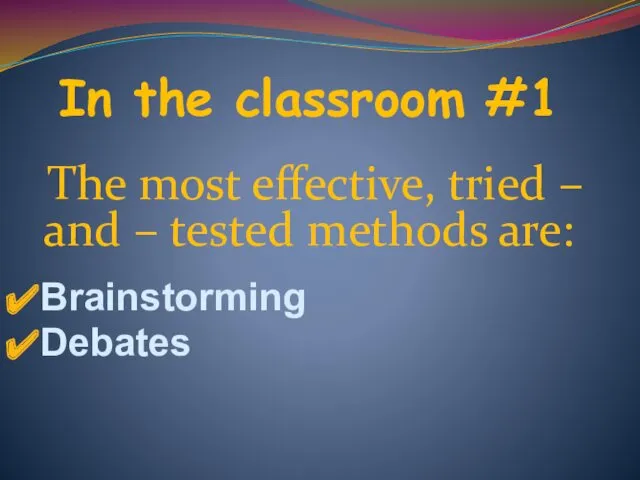
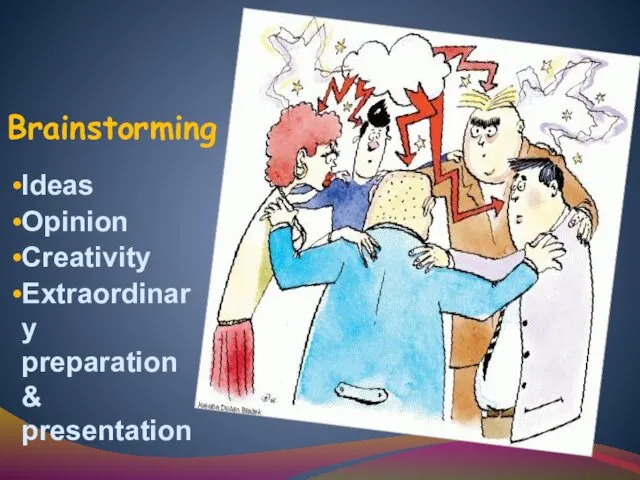
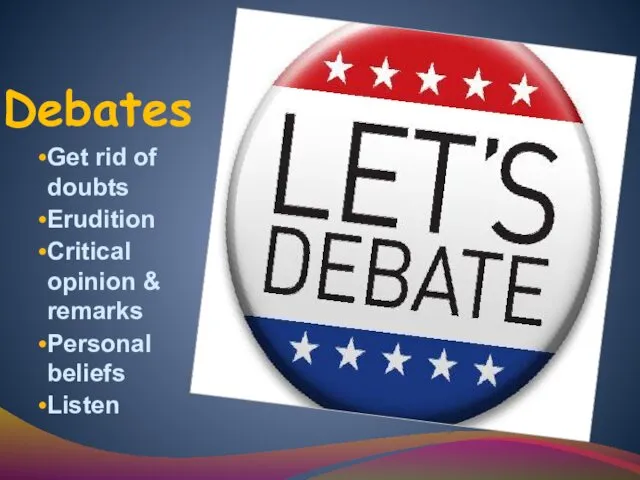
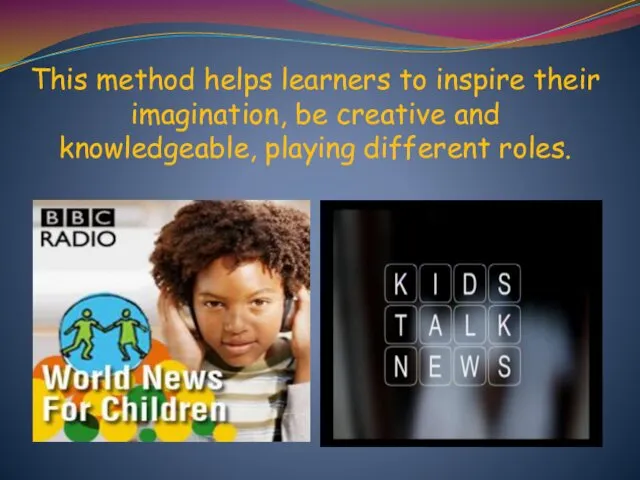
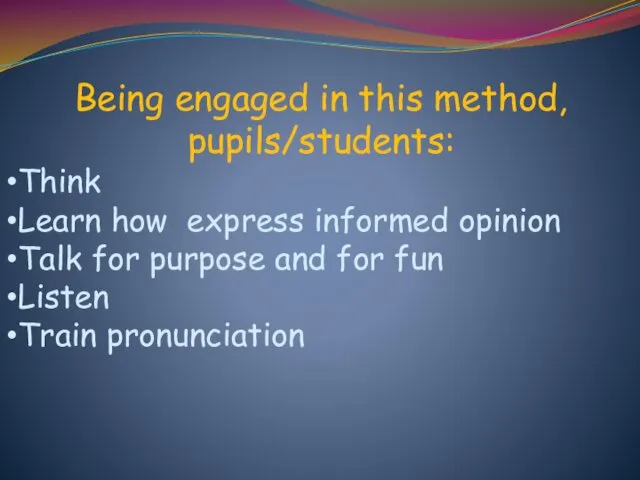
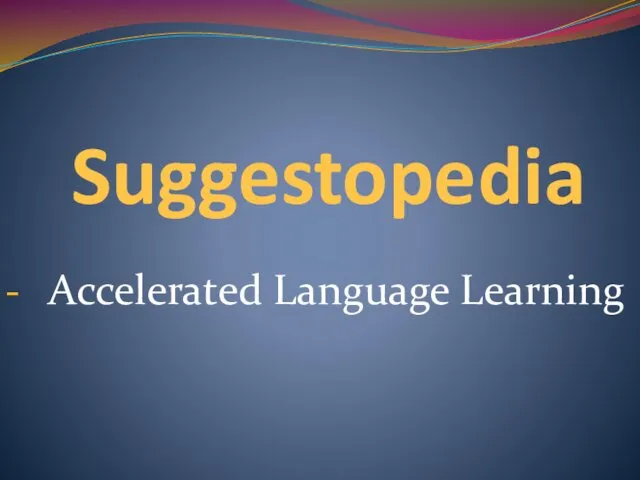
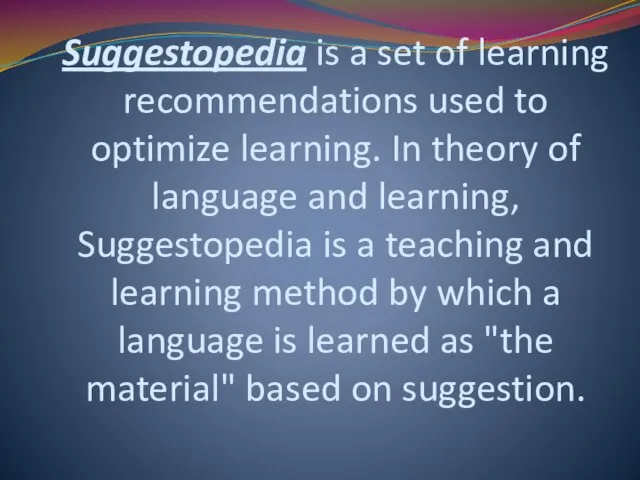

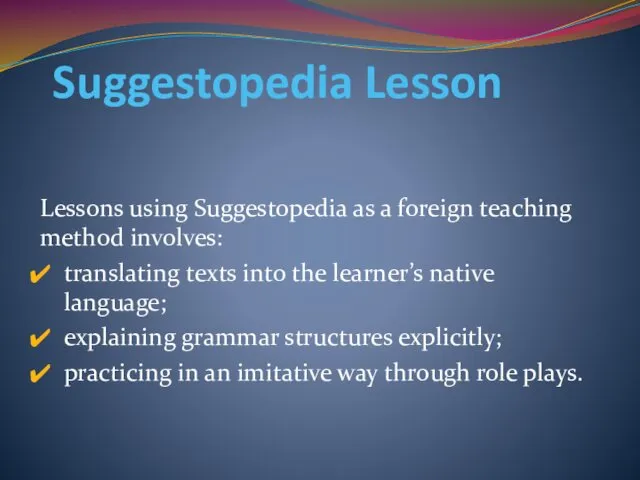
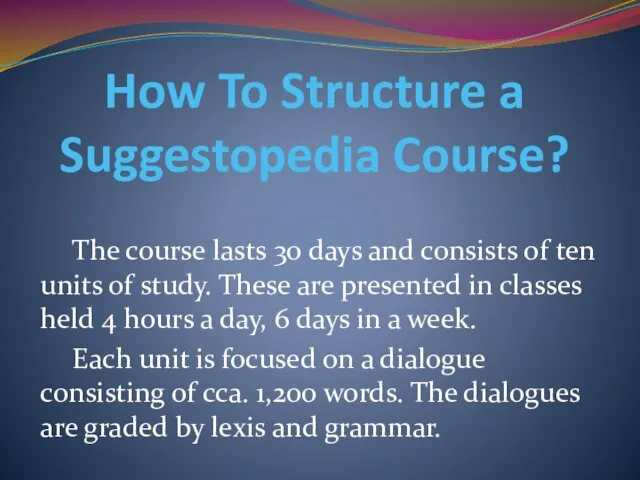

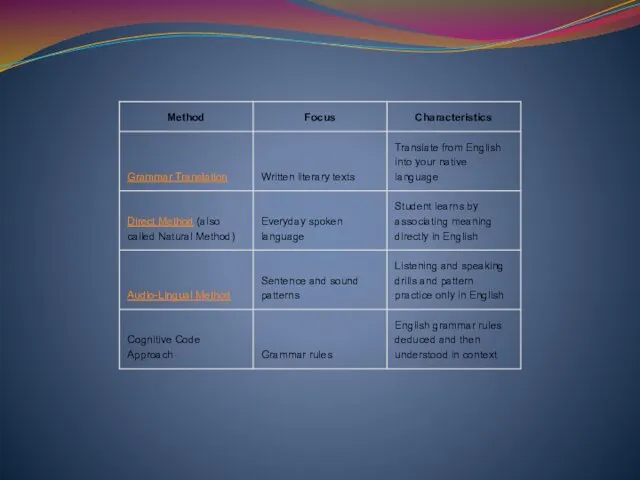
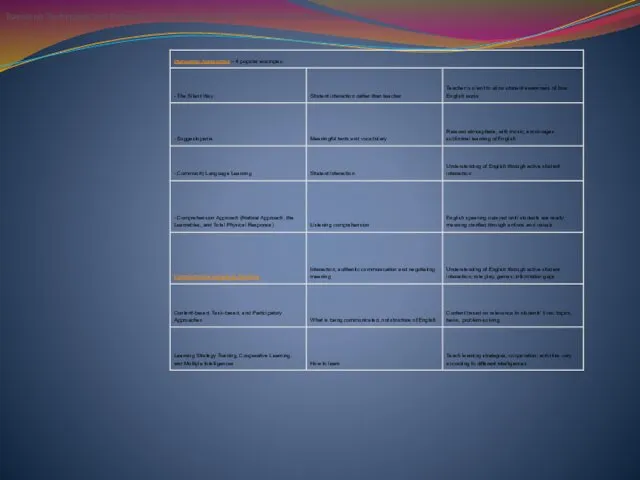
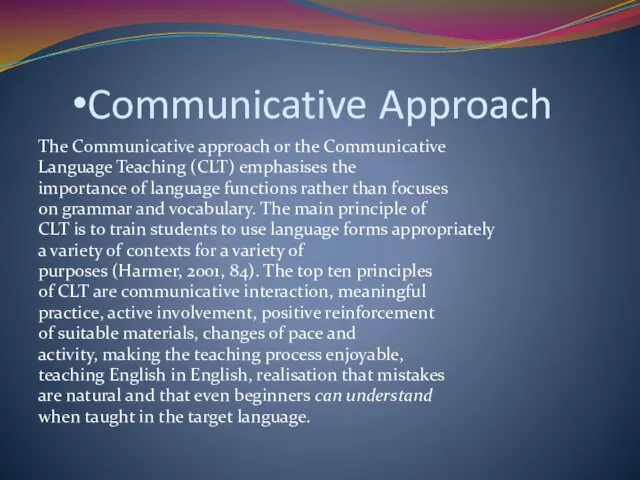
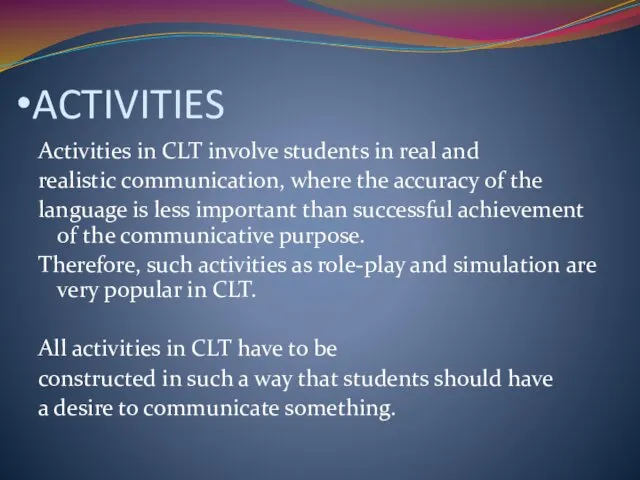
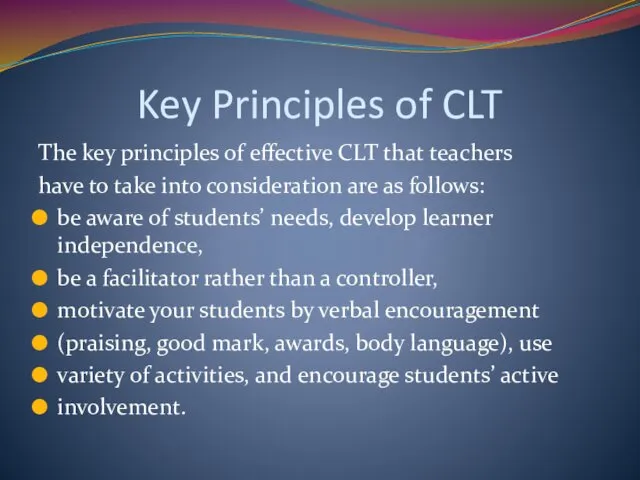

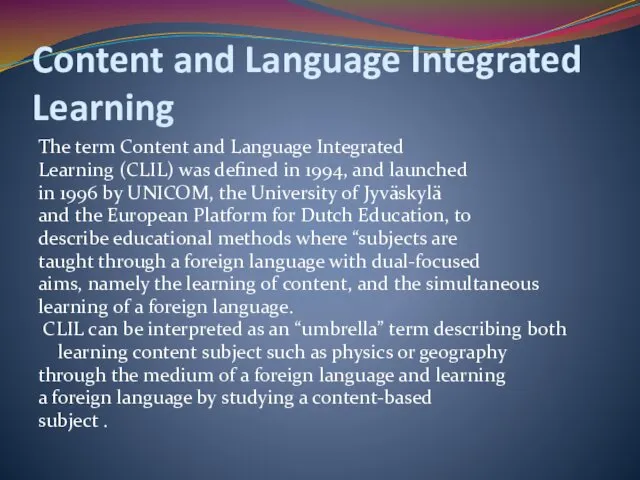
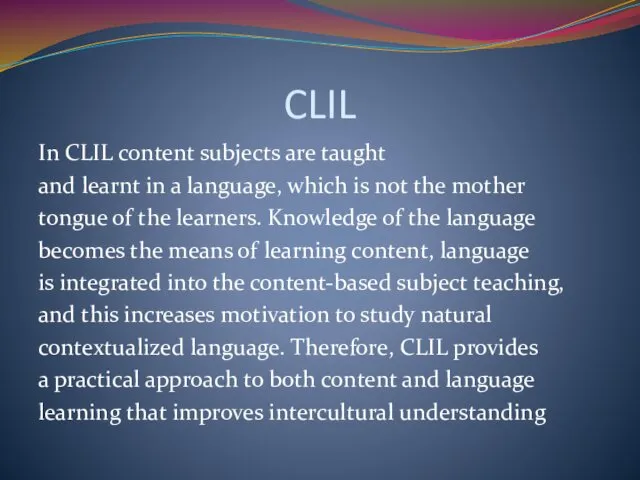
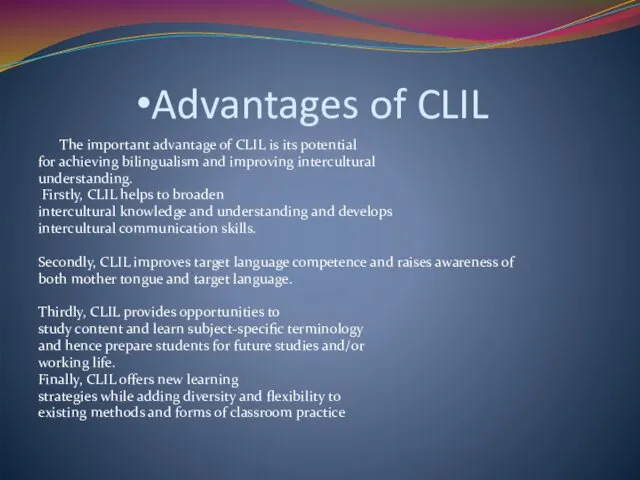
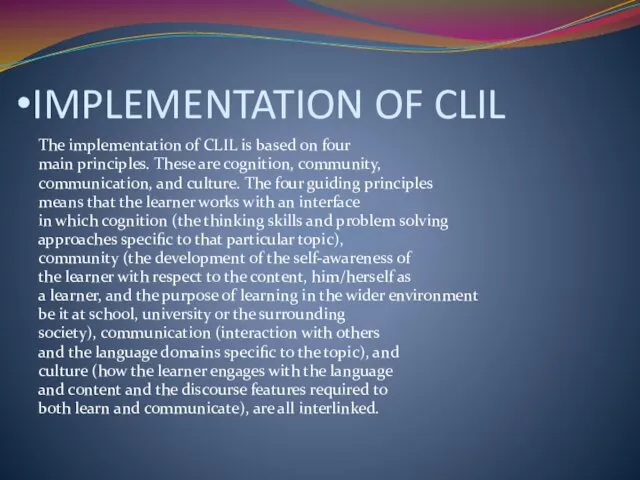
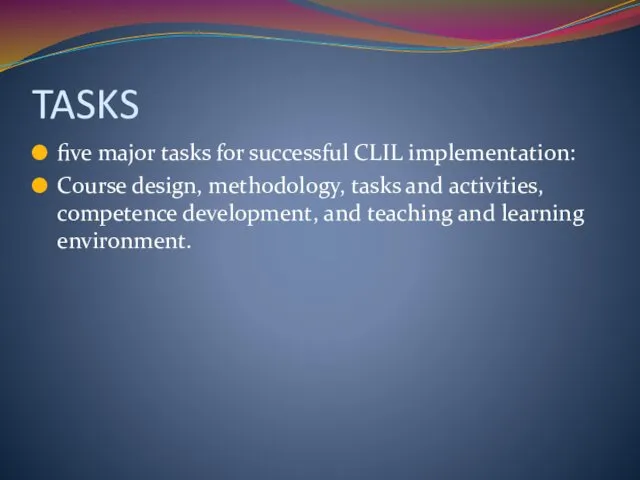
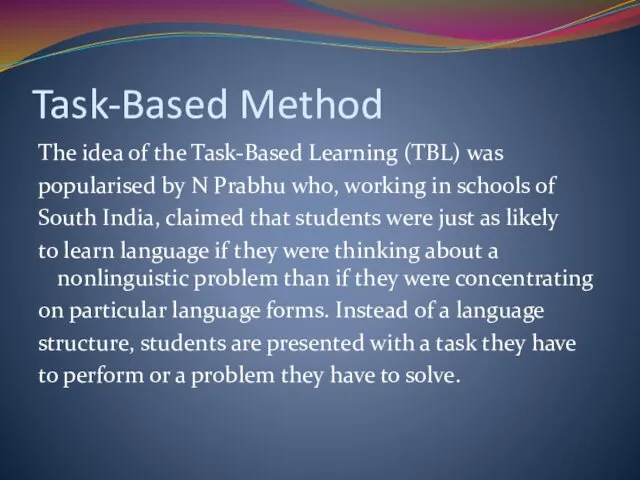
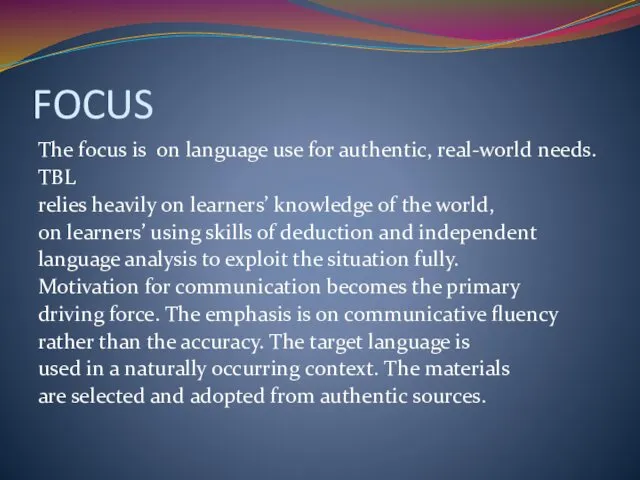
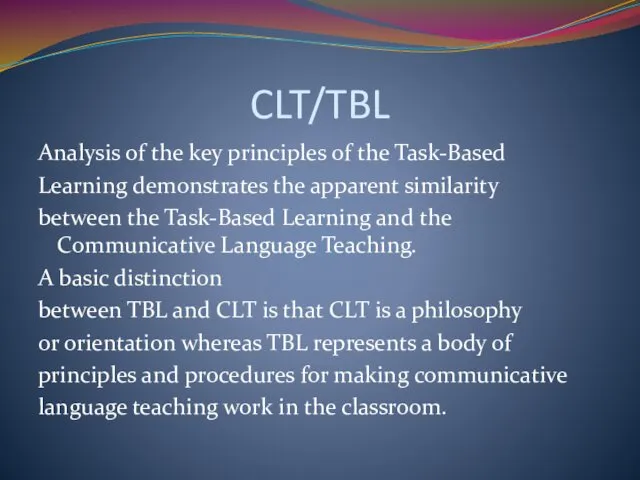
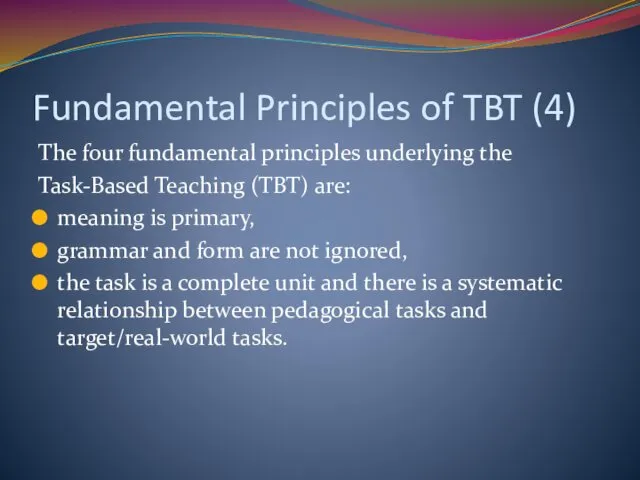
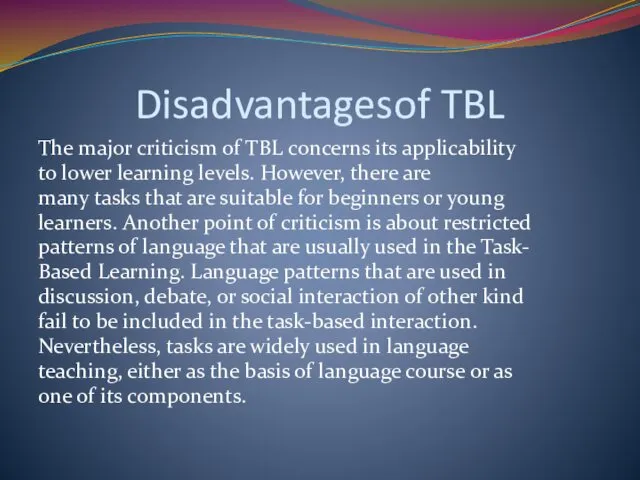
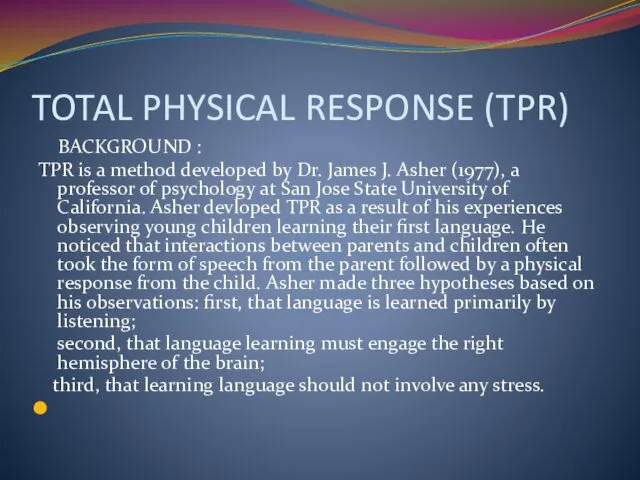

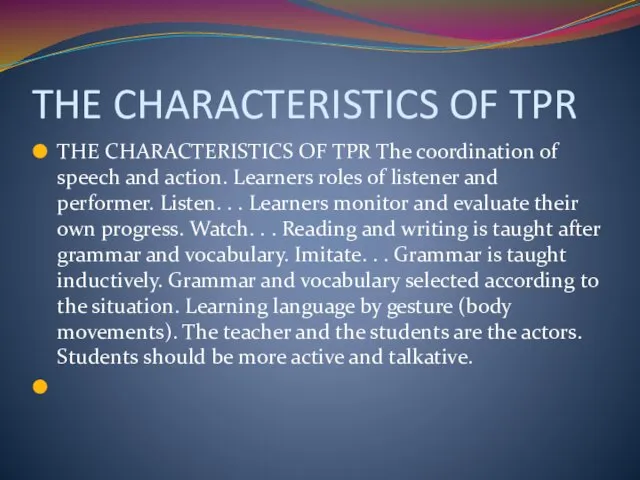
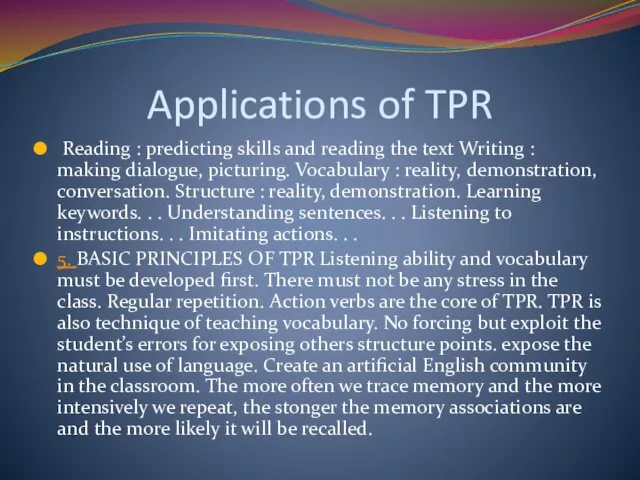
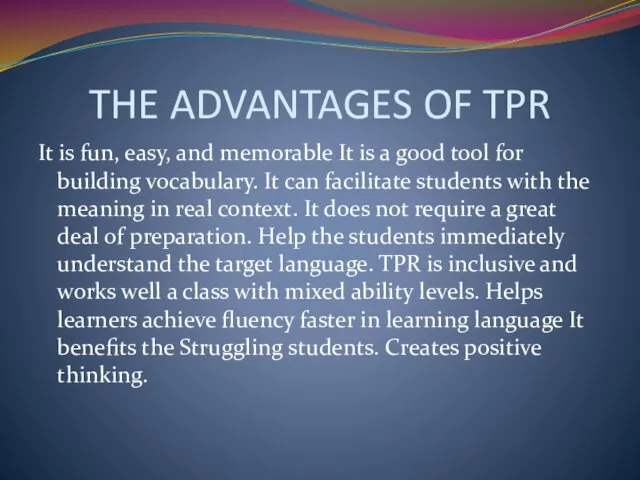
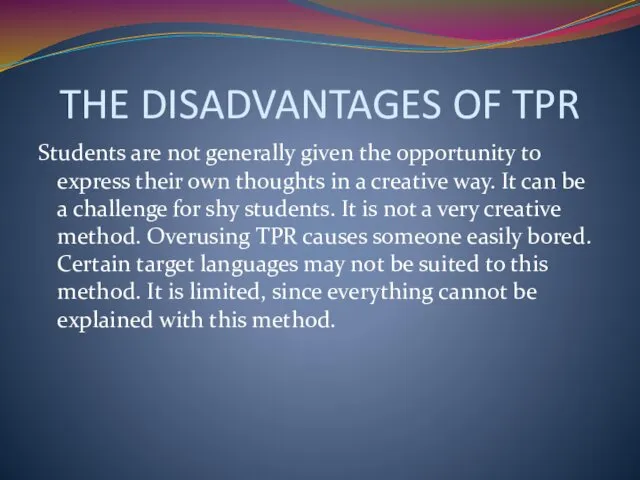
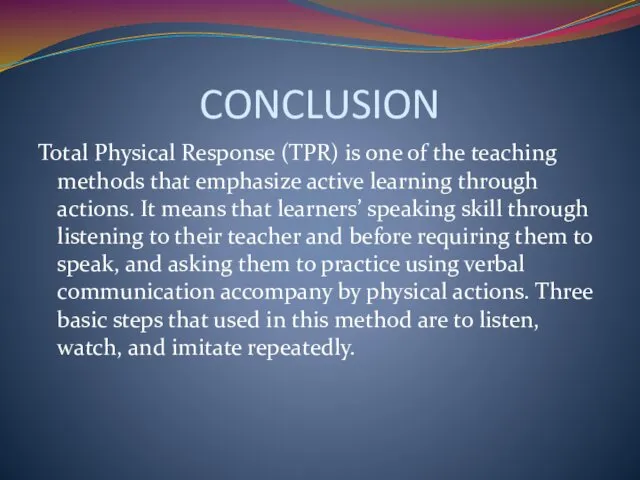

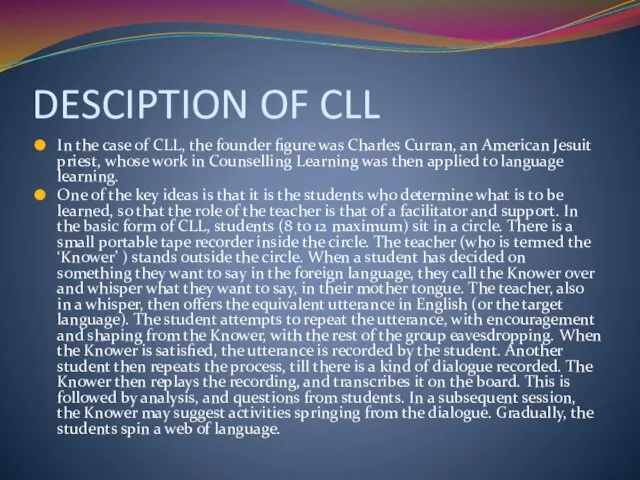
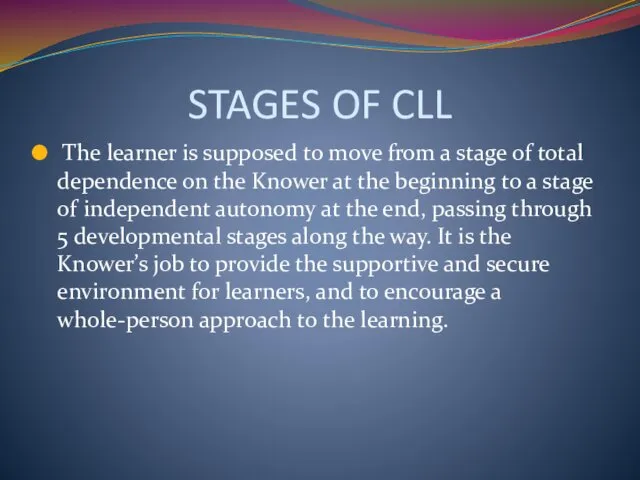
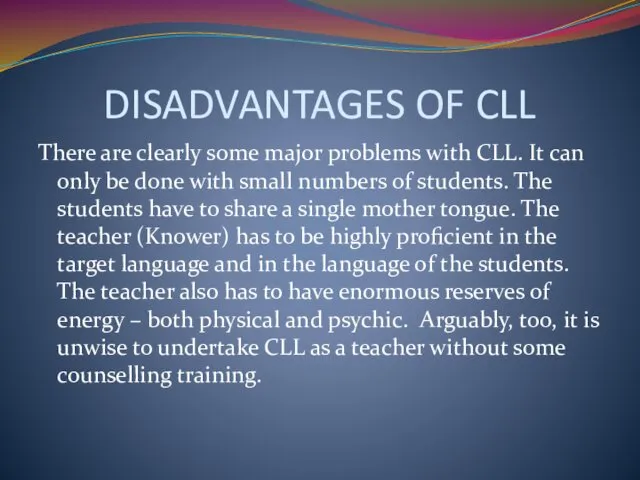
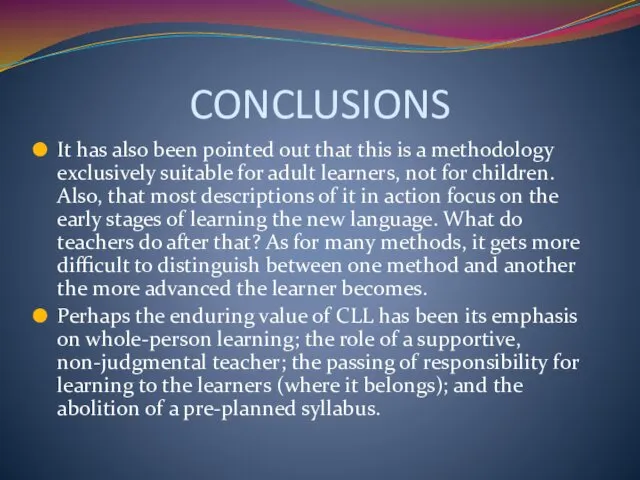
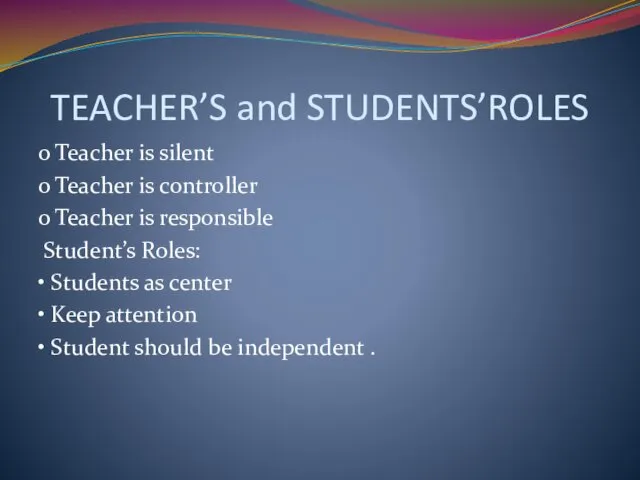
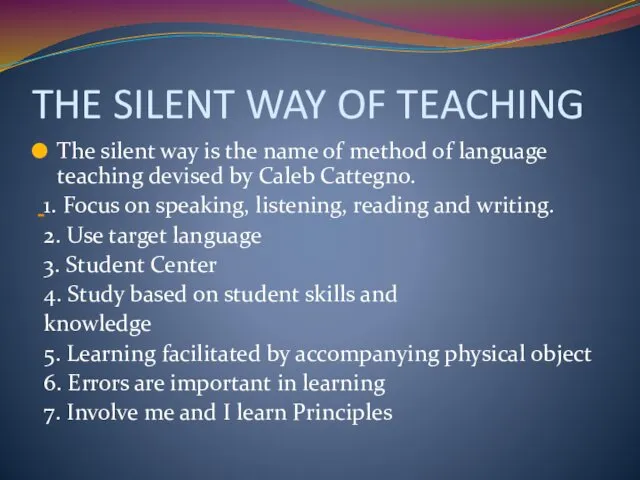
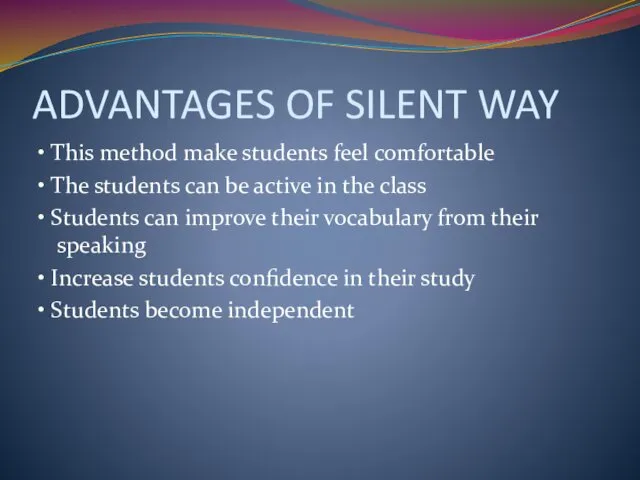
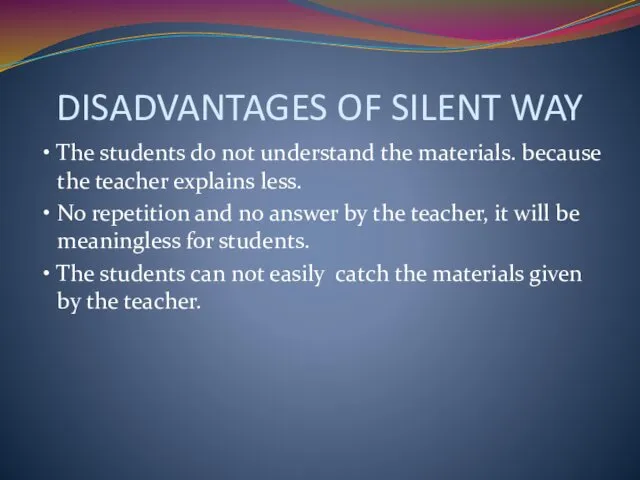
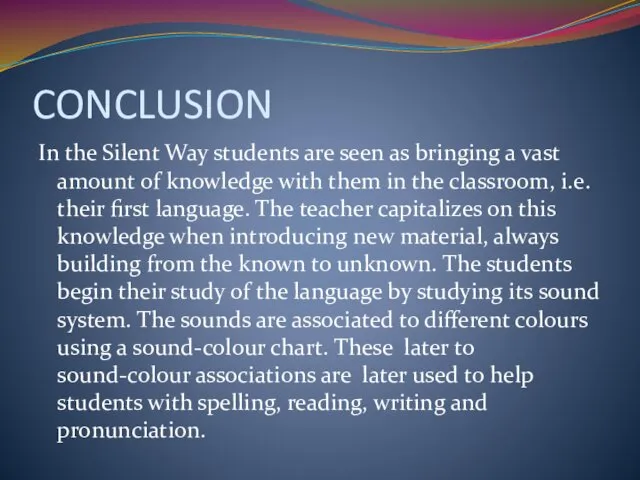
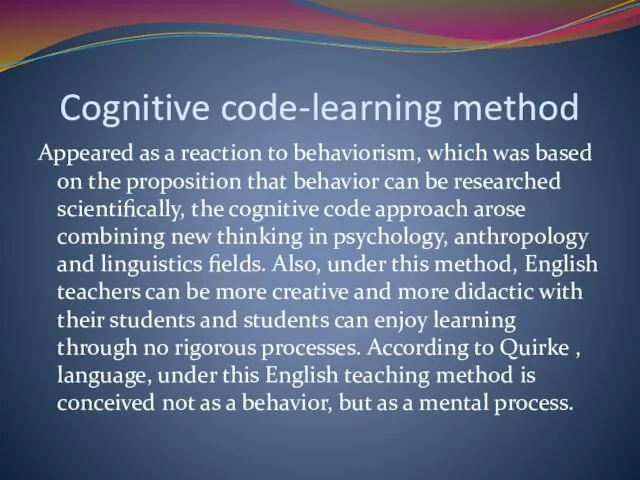
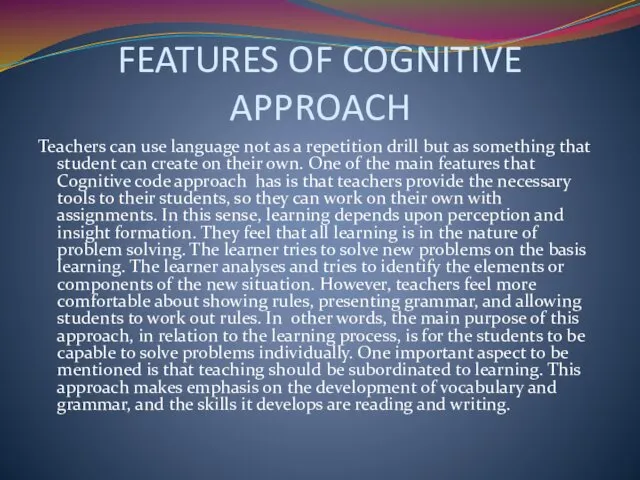
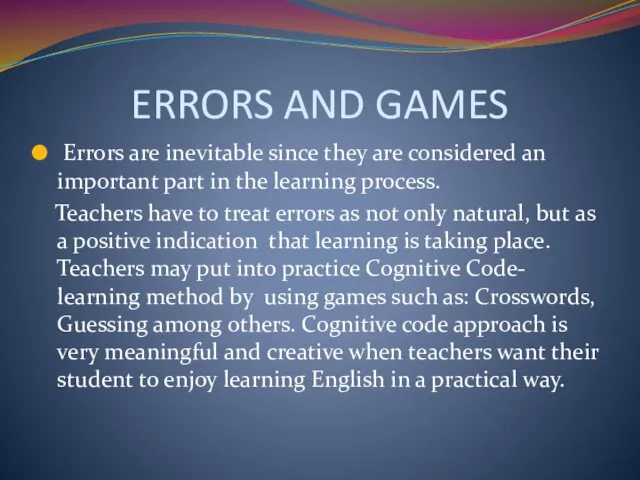
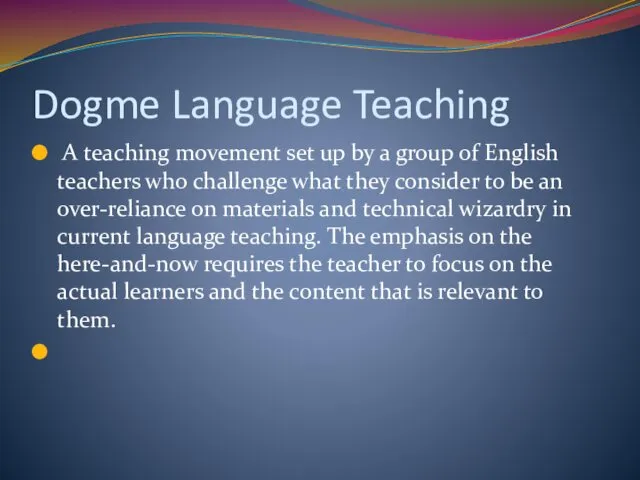
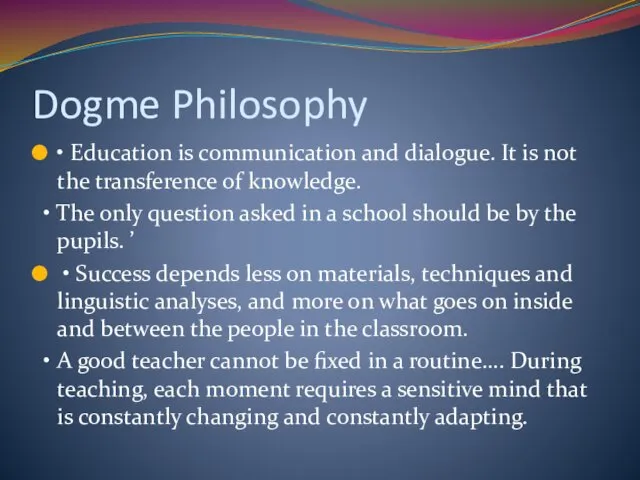
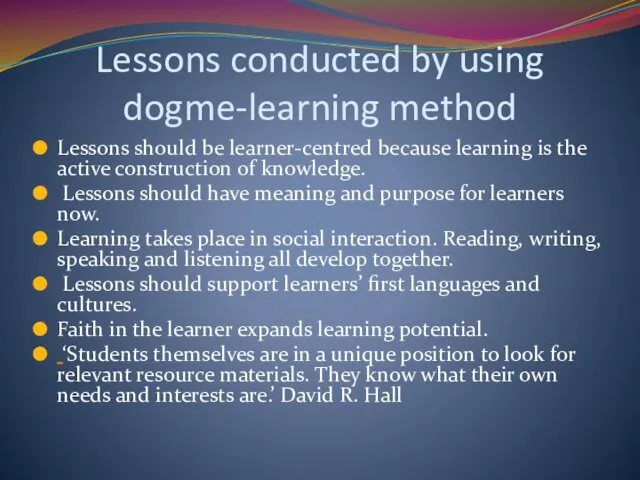
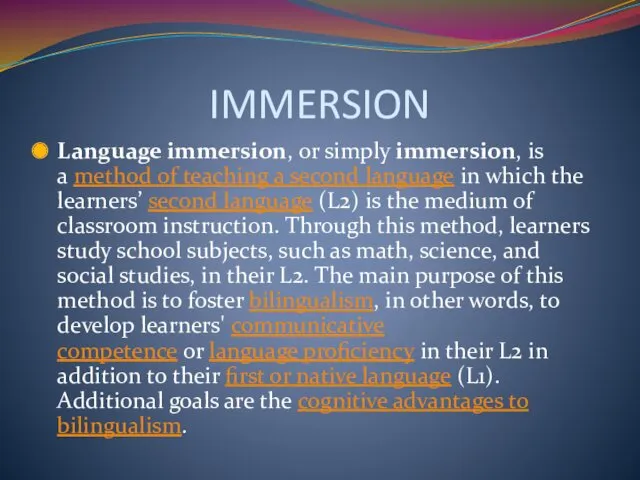
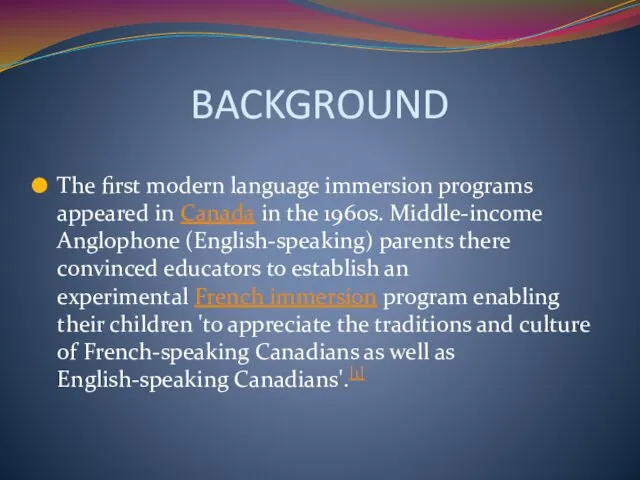
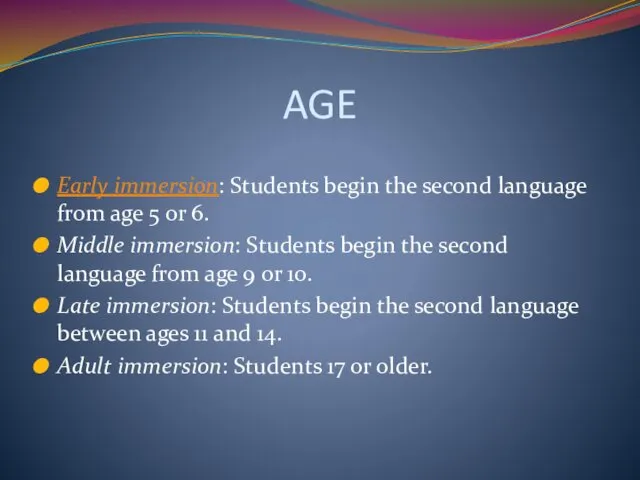
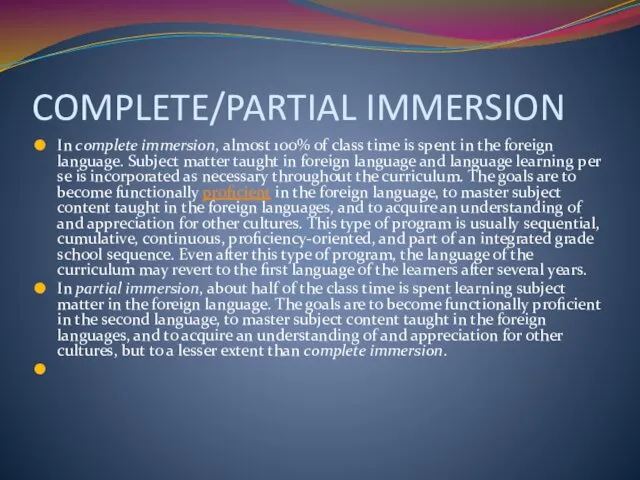
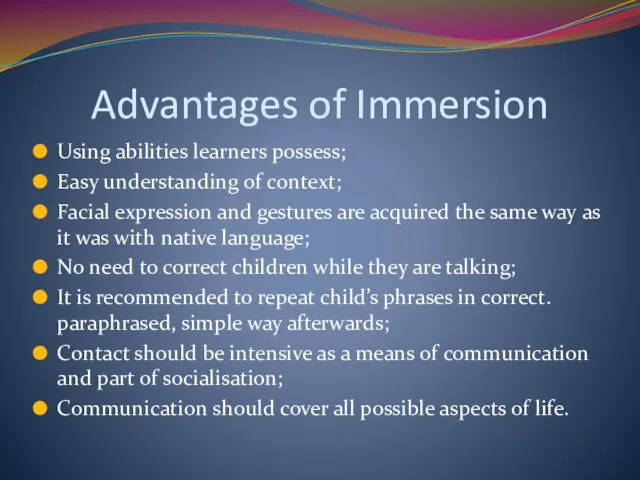
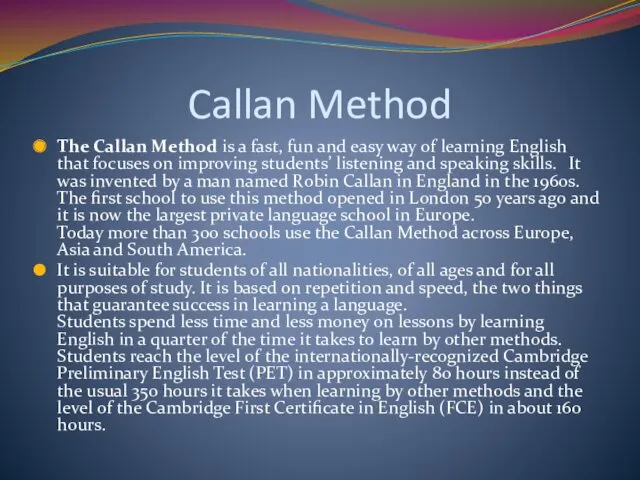
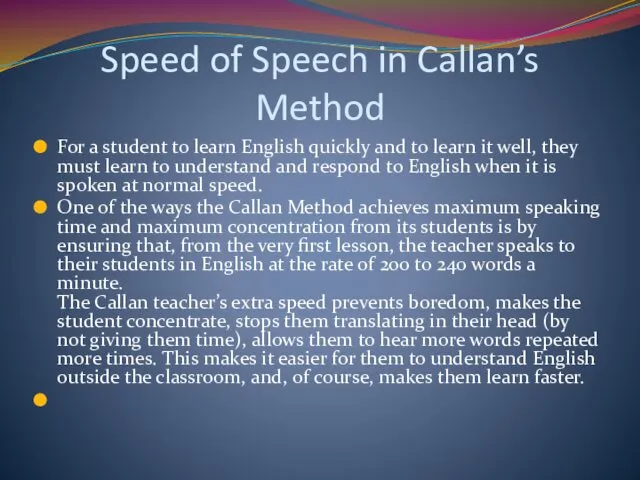
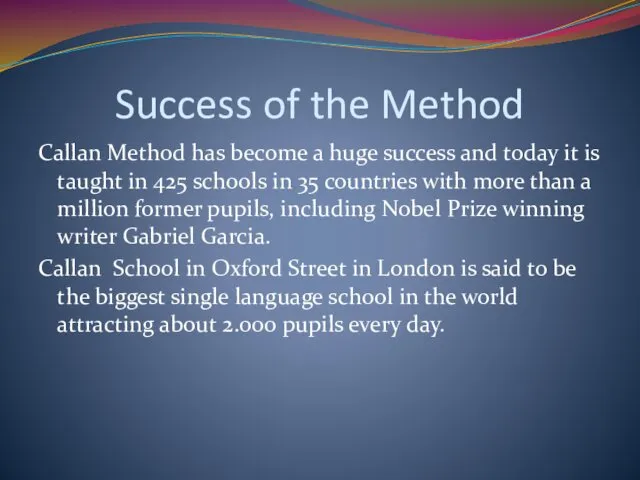

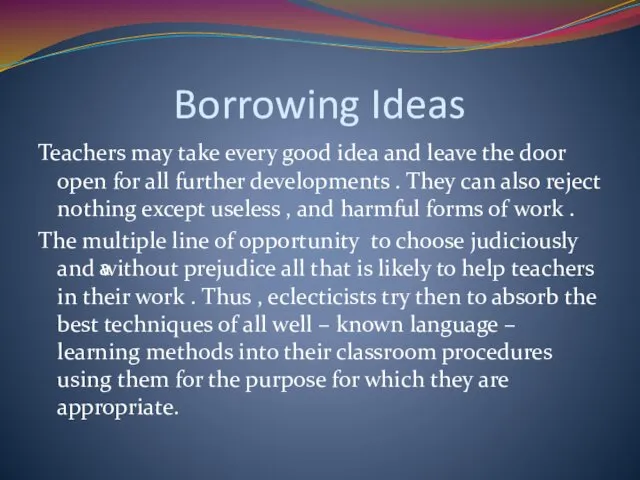

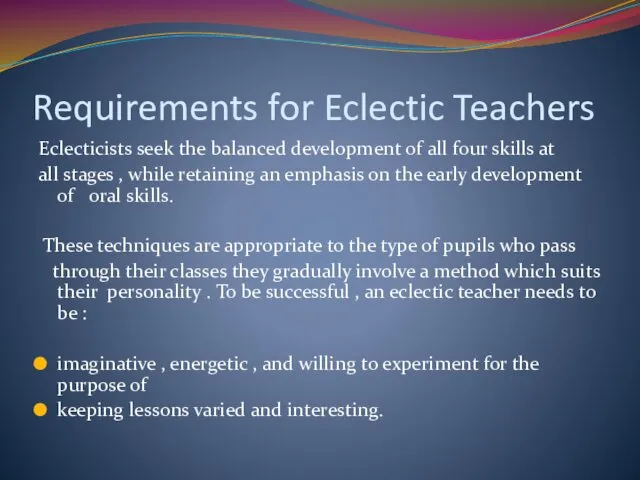
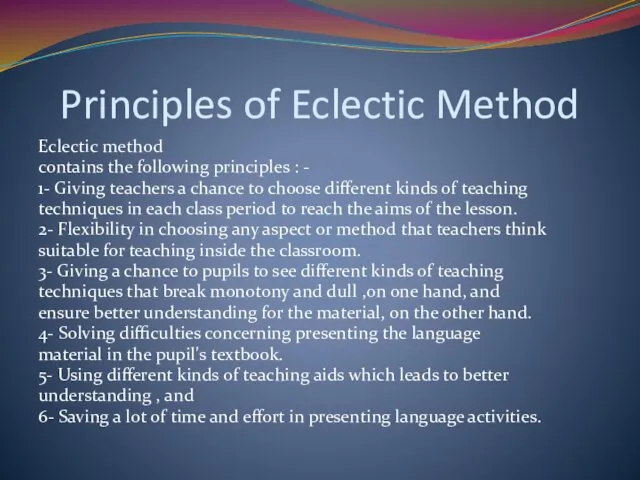
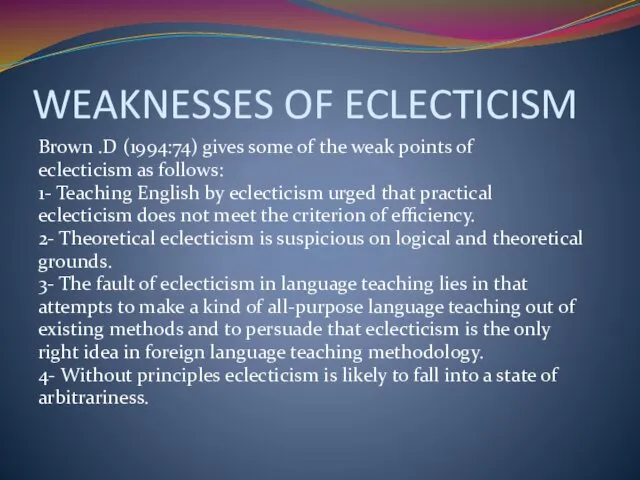
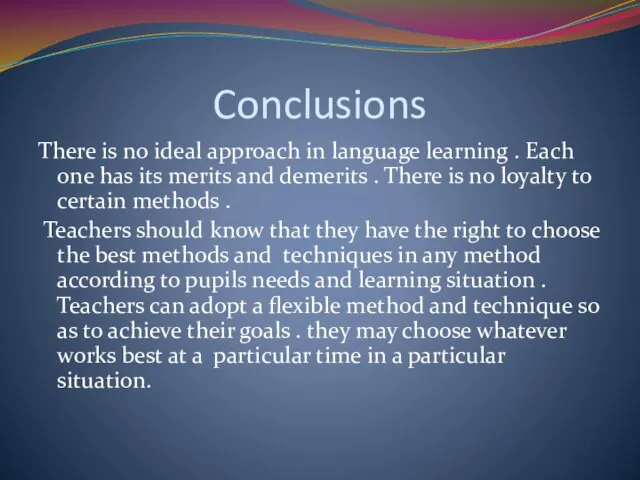
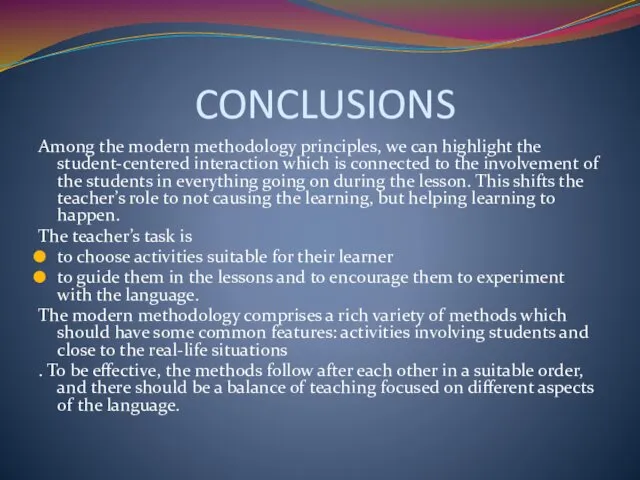
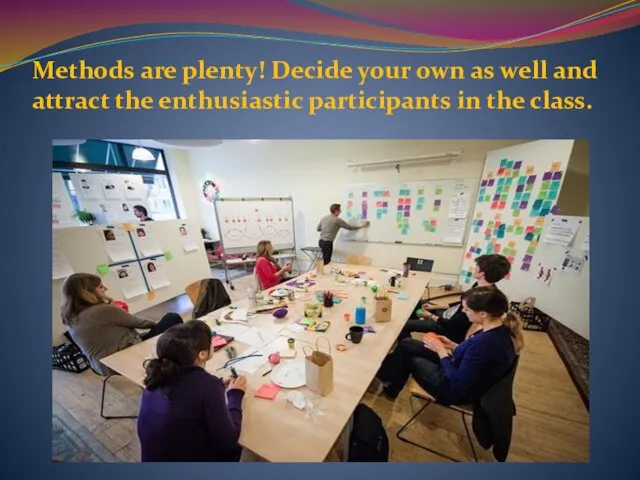
 Autumn months
Autumn months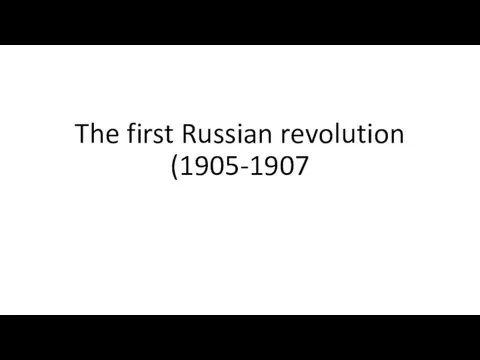 The first Russian revolution (1905-1907)
The first Russian revolution (1905-1907) Степени сравнения прилагательных
Степени сравнения прилагательных Cultural metaphors: American football
Cultural metaphors: American football Can. Must mustn’t
Can. Must mustn’t Classification of Branches of the Right
Classification of Branches of the Right Minions race simple teacher switcher
Minions race simple teacher switcher How to promote your business
How to promote your business Модальный глагол Can
Модальный глагол Can Adverbs. Adverb
Adverbs. Adverb Basketball. Sport in Our Life
Basketball. Sport in Our Life Stylistics of the English Language 10. Emotive Prose Task 9 Analysis
Stylistics of the English Language 10. Emotive Prose Task 9 Analysis Happy Easter. Cultural learning
Happy Easter. Cultural learning Указатели Past Simple
Указатели Past Simple Ottawa, Canada's Capital
Ottawa, Canada's Capital Prefab simulator
Prefab simulator Vocabulary
Vocabulary Past Tenses
Past Tenses Употребление артикля с географическими названиями
Употребление артикля с географическими названиями Switzerland
Switzerland Shortcomings and negative influence of the media
Shortcomings and negative influence of the media Toys. Game
Toys. Game Landscape painting
Landscape painting Игра пред / посленовогодняя по английскому языку для учащихся 3 класса Отгадай-ка
Игра пред / посленовогодняя по английскому языку для учащихся 3 класса Отгадай-ка Тема 4. Перевод имен собственных (транскрипция и транслитерация)
Тема 4. Перевод имен собственных (транскрипция и транслитерация) What should you wear
What should you wear Young people - old problems
Young people - old problems IELTS/TOEFL. SAT/ACT
IELTS/TOEFL. SAT/ACT